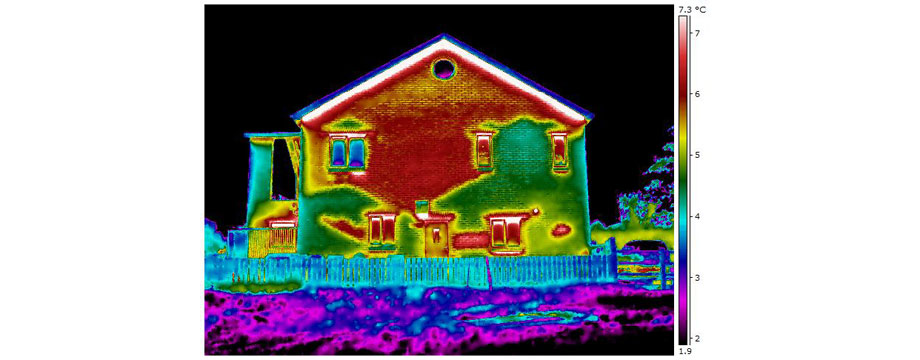 Housing associations face two highly important retrofit challenges. One is to bring about the decarbonisation of the UK’s social housing stock as part of the battle against climate change, the other is to make their homes more energy efficient and, thus, more affordable for residents. Stewart Little (pictured left), CEO of IRT Surveys, explains how social housing associations can make smart retrofit decisions to guide them on their path to decarbonisation and energy efficiency.
Housing associations face two highly important retrofit challenges. One is to bring about the decarbonisation of the UK’s social housing stock as part of the battle against climate change, the other is to make their homes more energy efficient and, thus, more affordable for residents. Stewart Little (pictured left), CEO of IRT Surveys, explains how social housing associations can make smart retrofit decisions to guide them on their path to decarbonisation and energy efficiency.
There are two forces driving energy efficiency within social housing. The most pressing is climate change. With the Climate Clock [i] predicting that, at the current rate of emissions, the 1.5°C rise in temperature will be surpassed in 2032, there is an existential need to make the UK’s housing stock more sustainable. If this is not achieved by 2050, it is predicted that housing will be responsible for 95% of the UK’s built-environment emissions.
At the same time, the world is seeing unprecedented rises in the cost of energy. Energy suppliers have gone out of business and to prevent others from having the same fate, the cap on prices that protects customers is being increased. Householders living in social housing are likely to be the ones who struggle most with these rises and without more energy efficient homes, many will face increased financial hardship.

Using data for retrofit decisions
Making the four million homes in the social housing sector energy efficient is a monumental task that comes with an equally monumental price tag of £104 billion by 2050. To achieve this effectively, social housing associations need to make smarter retrofit decisions to guide them on their path to decarbonisation.
Data is increasingly crucial to making smart, informed retrofit decisions. The recent Decarbonising Buildings Operations [ii] report from the Institution of Mechanical Engineers (IMechE) even calls on the government to collect data from building owners and operators about their energy use and greenhouse gas (GHG) emissions.
One of the key sources available to housing associations is infrared thermal imaging. A thermal image survey gives an accurate insight into the condition of the building fabric, providing detailed insights into a wide range of energy efficiency issues, many of which could go undetected using other forms of survey. These include missing insulation, draughts, porous brickwork, rendering and waterproofing issues and more.
Using advanced energy-saving calculators and funding databases, this data can be combined with Building Information Modelling (BIM) for building envelope thermal performance analysis and energy efficiency evaluation. This enables housing associations to identify the issues with their housing stock’s energy efficiency and emissions, calculate the cost of fixing them and find the most favourable sources of funding. Today, there are a growing number of funding options, including those from the Department for Business Energy & Strategy and the ECO3 Funding Scheme, as well as flexible, long-term, third-party finance solutions.

The combination of thermal imaging and energy-saving calculators can, therefore, play a crucial role in helping housing associations take a more strategic approach to their retrofit pathway. They can identify and prioritise the properties most in need of work and develop the most cost-effective retrofit projects to achieve decarbonisation and make homes more energy efficient for their residents.
An added advantage is that, unlike traditional survey methods, thermal imaging surveys are completely non-invasive: they can take place much quicker and without any damage to the fabric of the building. As a result, additional repairs are not needed and a less expensive, comprehensive, single survey process can be implemented.
Overall, having access to detailed and accurate thermal imaging data helps housing associations to make retrofit decisions based on facts. This helps them undertake large scale retrofit projects and deploy energy-saving solutions with greater speed, impact and cost-effectiveness, enabling them to meet government targets for net-zero and make their residents’ homes energy efficient.
- Log in to post comments













